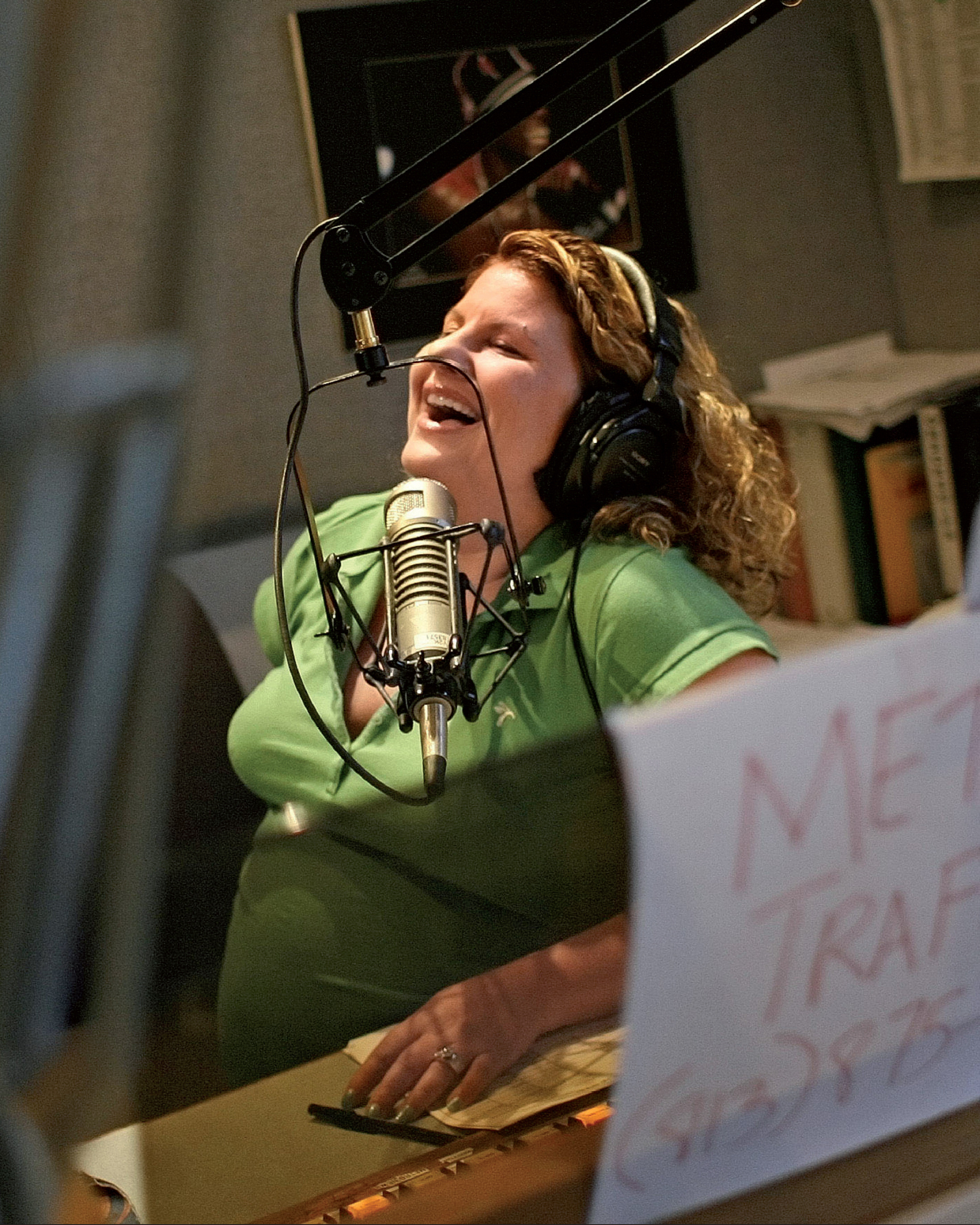6
Popular Radio and the Origins of Broadcasting
Printed Page 160

A few years ago, a young woman named Kristin* took an entry-level position running the audio board for on-air radio personalities at an AM radio station. She loved radio, and hoped that this job would jump-start her career in the industry. She won a regular microphone shift while just a college student, and because the station was owned by Atlanta-based Cumulus Media, one of the largest radio groups in the country with 350 stations in 68 markets, there were opportunities for Kristin to grow within the company. She was transferred to a group of three FM stations owned by Cumulus at a larger city nearby, and started hosting a show on the popular contemporary hits station, playing the latest songs. “I was so excited to be living my dream,” Kristin said, so much so that she didn’t mind that she was earning only minimum wage.
That dream soon revealed its darker side—the realities of today’s homogenized radio industry. Kristin was asked to do voice-tracking, a cost-saving measure in which a radio deejay prerecords voice breaks that are then inserted into an automated shift. To the listeners, it may have seemed like they were getting three different deejays on Cumulus’s contemporary hits station, rock station, and country station. After all, they were hearing three different names, with three slightly different personalities. In reality, Kristin was the midday deejay on the contemporary hits radio station; she was the evening deejay on the rock format station; and she was also the weekend voice of the company’s country format station.
Eventually, Kristin left the radio station and went to grad school. “I wouldn’t be able to pay my college loans with the money I was making,” she said. But more than the low wages, her biggest disappointment was that the kind of commercial radio she grew up listening to was being phased out by the time she went to work in the business. The consolidation of stations into massive radio groups like Cumulus and Clear Channel in the 1990s and 2000s resulted in budget-cutting demands from the corporate offices and, ultimately, stations with less connection to their local audience. Kristin’s contemporary hits station had five full-time on-air deejays when she started. Today, it has just one.
Kristin’s story raises provocative questions: As radio has morphed from small, locally owned broadcasting to national networks and large radio conglomerates, what has happened to the economics driving this business? Do technological innovations like the Internet give more power to consumers, who can now listen to any format or message from any part of the world based on their preferences? Is localism still an important concept for the radio industry? Does nonprofit radio bring different kinds of voices to the airwaves (or Internet)? To find clues to possible answers, let’s first trace how radio has evolved since its emergence as a full-blown mass medium.
THE STORY OF RADIO—from its invention in the late nineteenth century to its current incarnation as a multi-technology mass medium is one of the most remarkable in media history. In the United States, the early days of network radio gave Americans “a national identity” and “a chance to share in a common experience.”1 Even with the arrival of TV in the 1950s, the recent “corporatization” of broadcasting, and the demographic segmentation of radio today, this medium has continued to play a powerful role in our lives. For people throughout the nation, the music and talk emanating every day from their radios, PCs, and handheld devices powerfully shape political opinions, social mores, and (owing to advertisements) purchasing decisions. In this chapter, we will explore these themes by:
- examining radio’s early history, including how its evolution from one-to-one to one-to-many communication led to new regulations and innovations in programming
- looking at how technological advances such as transistors and FM sparked the rise of format radio
- familiarizing ourselves with the array of characteristics defining radio today, such as format specialization, nonprofit business models, and digital radio technologies
- exploring the economics behind modern radio, including advertising and consolidation of ownership over the public airwaves
- considering radio’s influence on American culture in an age when control of the public airwaves lies in fewer hands than ever